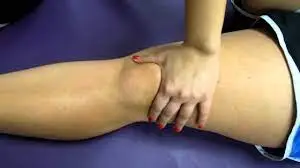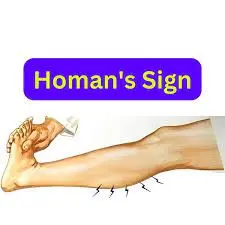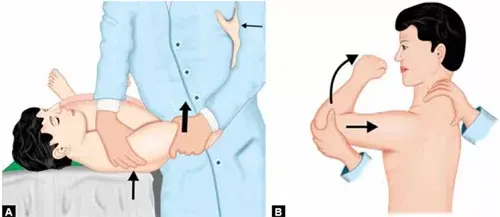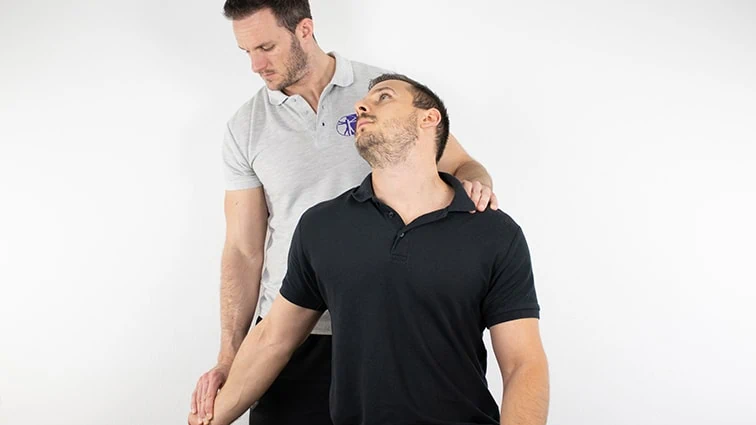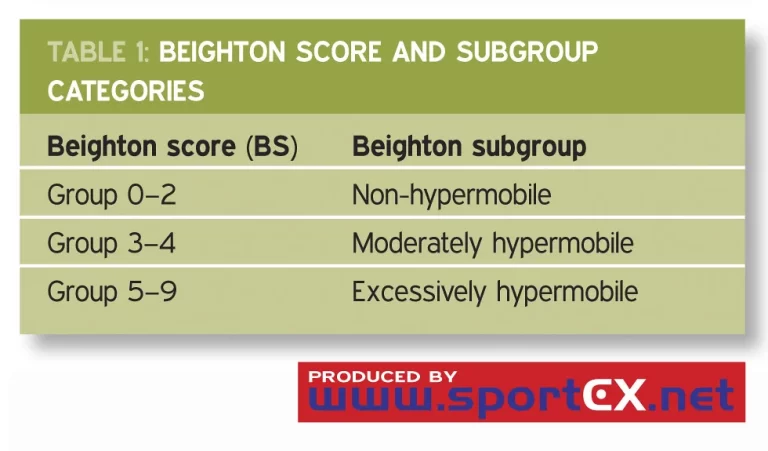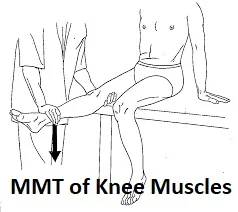Patellar Grind Test (Clarke’s Sign)
Table of Contents
Introduction
The Patellar grinding test, also called Clarke’s sign, is a simple procedure that can help evaluate the cause of knee pain. If you feel pain or tingling during the test, you may have a rupture of the cartilage under the knee (patella). Your doctor may order other tests to diagnose and treat knee pain.
What is the Patellar Grind Test?
The patellar grinding test is a simple procedure used by healthcare professionals to assess knee pain. This can help determine if pain around the knee is due to a cartilage tear. Also called Clarke’s sign, Clarke’s test, and Zohlen’s sign.
Your patella is the patella, the triangular bone at the front of the knee. It protects your knee joints and connects to your upper and lower leg muscles. Below the knee is cartilage that helps the knee move and protects your knee joint.
When is the Clarke test performed?
Knee pain is common, especially in athletes and other active people. If you have pain in or near your knee, Clarke’s sign can help determine the cause. Sometimes the cause is the rupture of the cartilage under the kneecap. This is more likely if you have an unbalanced pull on your knee, such as a tight quadriceps muscle. It can occur with repetitive stress and pressure on the knee, such as running and jumping.
A positive Clarke’s test can help your doctor tell if your knee pain is due to cartilage breakdown. Chondromalacia patellae is when the tissue (cartilage) under the knee softens and breaks down. Patellofemoral pain syndrome is also called runner’s knee or jumper’s knee. The test can help healthcare providers rule out other possible causes of knee pain, such as Pain in the front of the knee (pes anserine bursitis) is inflammation of the fluid sac inside the knee joint. Osteoarthritis or degenerative joint disease.
Who does Perform the Patellar Grind Test?
Healthcare providers who can perform the test include Sports coaches. Orthopedists (bone and joint specialists). Physiotherapists. Primary care providers.
How does the Patellar Grind Test work?
The doctor will ask you to:
Lie on the examination table. Stretch (straighten) your legs. Relax the quadriceps (a group of four muscles at the front of each thigh). They put one hand on your other knee, towards your thigh. Their big toe is on the outside of your foot and their toes are on the inside of your foot. The band between the thumb and forefinger extends over the top of the kneecap.
They then push the knee down or in. Your doctor will ask you to contract (squeeze) your quads as if you were trying to extend your knee. Your doctor will probably do the test on the other knee, even if your knee problem is only on one side. They can do the test multiple times at different knee angles.
What does a positive Clarke’s sign mean?
The test is positive if you experience: The sound of grinding. Inability to contract the quads with pressure on the knee. pain A positive test may mean that the cartilage under the knee is worn away. The test is negative if you have no problems during the test.
How to prepare for the Patellar Grind Test?
There is nothing you need to do to prepare for the patellar grinding test. This is a common procedure that is usually done in a doctor’s office.
What happens after a Patellar Grind Test?
After the test, your doctor will talk to you about the results and what they mean. They will also tell you if you should have other tests.
Is the Patellar Grind Test reliable?
A patellar grinding test may be positive (grinding or pain) in patients with healthy knees. This is one of the many tools a healthcare provider uses to assess knee pain. It usually has to be combined with other tests to get an accurate and comprehensive diagnosis.
When should I know the results of the Clarke test?
You will know the results of the patellar grinding test immediately. However, this may be only one step in the evaluation of knee pain. Your doctor may also recommend:
Blood tests to measure blood chemicals that indicate diseases such as gout or rheumatoid arthritis. Knee arthroscopy is a minimally invasive procedure used to examine the knee joint. X-ray, CT scan, or MRI to visualize the knee joint. Note from the Cleveland Clinic
The patellar grinding test is a simple procedure used to assess knee pain. This can help your healthcare provider determine if you have a cartilage breakdown below your knee. If you have knee pain, talk to your doctor about what tests and treatments you may need.
Precaution
The amount of pressure applied must be carefully controlled, as higher pressures can elicit a positive response even in normal individuals.
Sensitiser
The best way to do this is to repeat the procedure several times, increasing the pressure each time and comparing the results to the non-injured side. To test different parts of the patella, the knee should be tested at 300, 600, 900, and fully extended.
Evidence
This technique is based on patellofemoral joint mechanics and has not been specifically tested. Many patients feel pain during this test, regardless of whether they have signs and symptoms of knee pain. Most clinical trials on patellofemoral pain have low reliability or have not been tested, and there is no gold standard test for the diagnosis of this disease. Because the specificity of this test is very limited, it should not be used alone to determine patellofemoral pain.
Conclusion
The Patellar Grind Test, also known as Clarke’s Sign, is a simple procedure used to assess knee pain for possible cartilage breakdown under the kneecap (patella).f you have a positive Patellar Grind Test, see a healthcare provider for diagnosis and treatment.
FAQ
The patellar grinding test, also called Clarke’s sign, is a simple procedure that can help evaluate the cause of knee pain. If you experience pain or grinding during the test, you may have a rupture of the cartilage under the knee (patella). Your doctor may order other tests to diagnose and treat knee pain.
With 27 false positive and 9 true positive CS findings, the positive predictive value of CS was only 25.0%. Simply put, only nine of the 36 patients with a positive CS test had the predicted finding at surgery.
In medicine, the Clarke test (also known as the Osmond-Clarke test or patellar grinding test) is part of a knee exam that can be used to test for patellofemoral., Anterior knee discomfort, chondromalacia patellae, patellofemoral arthritis, or pain syndrome.
The purpose of the Thumb Carpometacarpal (CMC) Grind Test is to assess thumb CMC joint integrity and carpometacarpal arthritis. An increase in the patient’s pain and crepitus is a positive test for arthritis and arthrosis.
This symptom is usually innocuous; it’s only a warning that gas is trapped below the knee. Knee grinding, on the other hand, is one of the signs of knee osteoarthritis. Knee osteoarthritis is a degenerative condition that can have a significant impact on your quality of life.
Reference
Grinding patella test. (n.d.). Physiotherapy. https://www.physio-pedia.com/Patellar_Grind_Test
Professional, C. C. M. (n.d.). Grinding patella test. Cleveland Clinic. https://my.clevelandclinic.org/health/diagnostics/22428-patellar-grind-test
Mark of Clarke | Patellar Grind Test | Evaluation of patellofemoral pain. (2022, November 29). Physio teachers. https://www.physiotutors.com/wiki/clarkes-sign/
Clarke’s test. (2021, September 19). Wikipedia has a free encyclopedia https://en.wikipedia.org/wiki/Clarke’s_test
Doberstein, S.T., Romeyn, R.L. and Reineke, D.M. (2008). Diagnostic value of Clarke’s sign in the evaluation of Chondromalacia Patella. Journal of Athletic Training, 43 (2), 190-196. https://doi.org/10.4085/1062-6050-43.2.190
Patellar Grind Test and Example | Free PDF Download. (n.d.). https://www.carepatron.com/templates/patellar-grind-test

